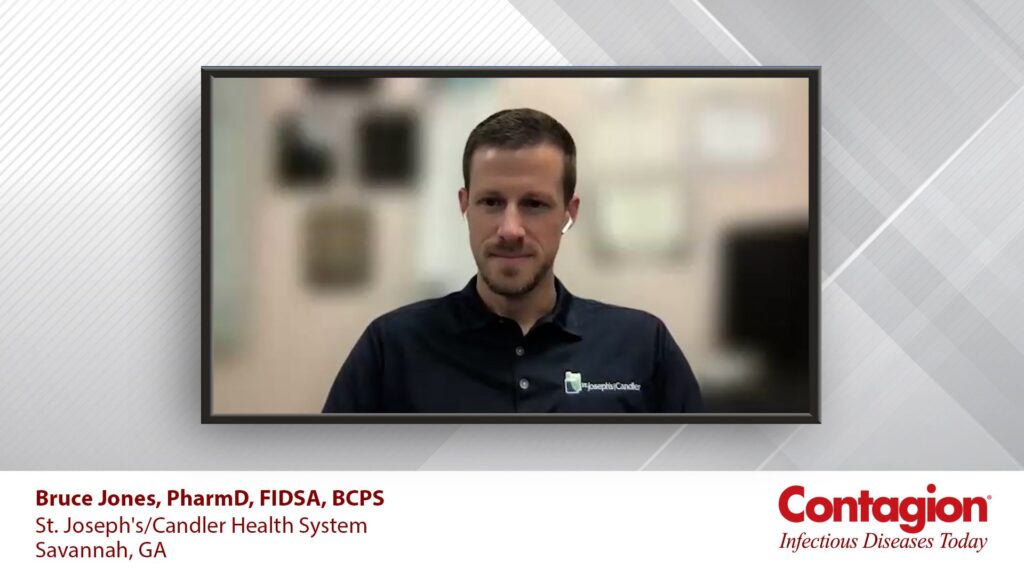Contagion: What are your initial considerations when choosing an empiric therapy for these patients?
Jones: From my standpoint as an ID pharmacist, whether you are an ID pharmacist, an ID physician, or someone on the inpatient side, we often inherit patients who arrive through the emergency department. Typically, these patients are started on broad-spectrum agents initially. Our role then becomes one of evaluation and adjustment.
We need to ask critical questions: What medications have they been on previously? What therapies might have failed? What does their microbiology history reveal? These questions help guide us in de-escalating their treatment.
When I see these patients, my primary focus is often on de-escalation. How can we reduce their treatment to a more targeted therapy, possibly transitioning them to oral medications? Ultimately, our goal is to stabilize them and facilitate their discharge from the hospital as efficiently as possible.
Contagion: For this patient population that might be dealing with a higher BMI, what do you look for to see a response?
Jones: Similar to other patient populations, including those who are not obese, our primary focus is on the early clinical response within the first 48 to 72 hours. For instance, with cellulitis, we often mark the margins to track the infection’s spread. For abscess patients, we consider whether a quick incision and drainage (I&D) was performed in the emergency department or if a more formal surgery was needed. We can track the post-surgical response from these procedures.
However, with patients who have higher BMI and associated comorbidities, we might have a lower threshold for escalating care if we don’t observe an early clinical response. This is especially concerning when these patients are started on broad-spectrum therapies. Early intervention and monitoring are crucial in managing their treatment effectively.
Contagion: When thinking of these ABSSSI patients who are dealing with comorbidities how do you balance the need to treat the infection and limit interactions with concomitant therapies?
Jones: As an ID specialist, I’m inherently biased towards getting patients on the right antimicrobials. My primary focus is choosing the best antimicrobial for them. Once we’ve made that choice, we need to consider potential interactions and manage them effectively. This might involve adjusting or holding other therapies as needed.
I have a strong working relationship with other clinical pharmacists, hospitalists, and ID physicians, making this a team-based approach. We often evaluate if a patient’s maintenance medications need to be changed or temporarily held. This collaborative effort is crucial in managing patient care effectively.
Being on the inpatient side, I have the advantage of daily monitoring, which allows us to get labs, EKGs, and other diagnostics regularly. This makes it easier compared to managing patients in an outpatient setting. However, my primary goal remains the same: to ensure that patients are on the best possible antimicrobial therapy.
Contagion: How long do you wait to see a response before choosing a different agent?
Jones: The focus often comes back to the early clinical response. From the perspective of an ID specialist, it’s interesting because when an ID physician or someone like myself, an ID pharmacist, is brought onto a case, it’s usually because the attending physician isn’t seeing the expected improvement in the patient. This could be due to the duration of the illness, the severity of the symptoms, or the complexity of the case, prompting the need for specialized consultative input.
Often, we inherit patients who aren’t responding as they should. These cases tend to be more complex, involving significant comorbidities, the extent of the infection, or other complicating factors. In addition to assessing the initial response, we closely monitor laboratory markers. For example, persistent fevers, rising white blood cell counts, or other unusual clinical indicators often signal the need for our intervention and highlight the complexity of these cases.
The conversation was edited for grammar and clarity.








